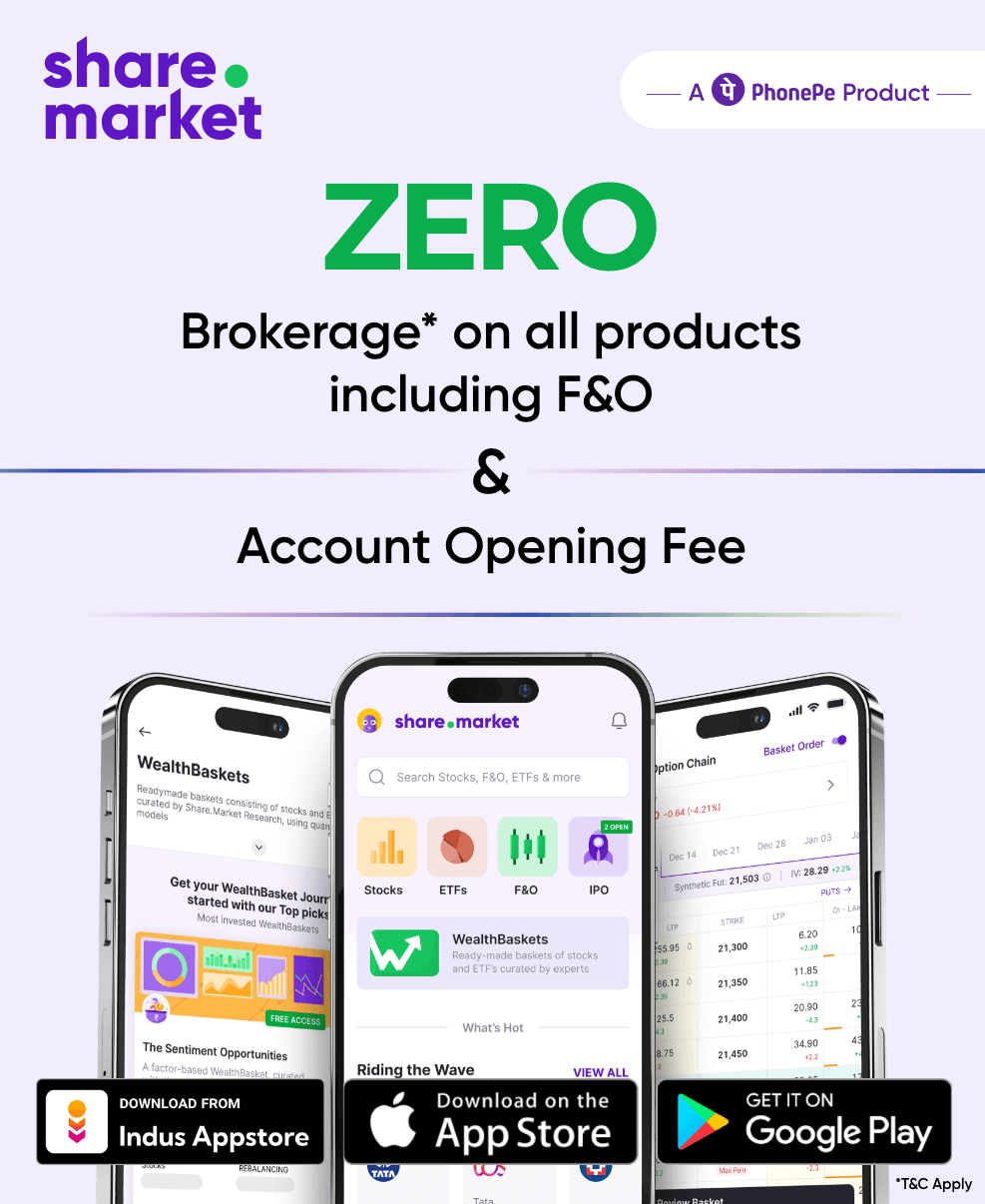Understand the Key Difference between Primary Market and Secondary Market
The capital market is an exchange platform. How so? Think of a bazaar with loud vendors and shoppers in each stall showcasing unique vegetables, spices and more. In this bazaar, goods exchange hands swiftly, with vendors shouting their offerings and buyers haggling for the best deal.
But, what does capital market exchange? It allows participants to exchange or trade financial assets like stocks, and bonds, among others. This marketplace is further divided into two types: Primary Market and Secondary Market.
In this blog, let’s break it down and understand the difference between Primary Market and Secondary Market.
Primary Market
In the primary market, companies, governments, and other entities issue new stocks, bonds, and securities to raise capital. This market marks the introduction of these securities to the public for the first time through processes like Initial Public Offerings (IPOs). Investors gain early access to these offerings.
The primary market is highly regulated by securities laws laid down by SEBI to safeguard investors and ensure issuer transparency.
What are the Primary Market Instruments?
Key instruments which an investor can access through the primary market include:
- Initial Public Offerings (IPOs): When a company first offers its shares to the public, investors can participate in buying these newly issued stocks
- Follow-on Public Offerings (FPOs): In FPOs, companies already listed on the stock exchange issue new shares, and investors can participate in purchasing these additional stocks
- Rights Issues: Companies may offer existing shareholders the right to buy additional shares through rights issues, allowing current investors to maintain or increase their ownership
Secondary Market
The secondary market is an exchange platform for investors and traders. The stocks are listed on the stock exchange and allow traders and investors to purchase or sell securities.
In India, the common stock exchanges are the National Stock Exchange (NSE) and the Bombay Stock Exchange (BSE).
To simplify even further secondary market is a shared marketplace where individuals can buy or sell securities based on market conditions.
What are the Secondary Market Instruments?
Common secondary market instruments include:
- Stocks: Shares of ownership in publicly traded companies
- Bonds: Debt securities issued by governments or corporations
- Mutual Funds: Pooled investments in diverse securities managed by professionals
- Exchange-Traded Funds (ETFs): Funds traded on exchanges, mirroring an index or asset are called Exchange-Traded Funds (ETFs)
- Commodities: Raw materials or primary agricultural products traded on exchanges
- Currencies: Trading pairs of different currencies in the foreign exchange market
- Real Estate Investment Trusts (REITs): Investments in real estate assets traded like stocks on exchanges
Key Difference between Primary and Secondary Market
Let’s understand the difference between the primary market and the secondary market:
| Aspect | Primary Market | Secondary Market |
| Purpose | Issuing new securities | Dealing with already-issued securities |
| Nature of Transactions | Issuer sells securities to investors | Investors/Traders place trade among themselves |
| Role of Market | Aids in capital formation | Facilitates liquidity and price discovery |
| Process of Sale | Securities are sold based on a subscription period | Following their listing, securities undergo continuous transactions on the stock exchange |
| Regulations | Highly regulated for new offerings | Regulated with a focus on fair trading practices |
| Pricing | A fixed price is set by the management of the company | Prices fluctuate based on supply and demand |
| Involved Parties | Involves underwriters and issuers | Transactions occur directly between buyers and sellers |
Conclusion
In summary, understanding the basic jargon can help you as an investor or trader to make informed decisions.
While the primary market offers early access to invest in securities. If you missed that early access the secondary market gives you another opportunity to invest in securities.
The option to invest in either market is left to you. However, it is advisable to research which marketplace best fits you before taking any financial risks.
FAQs
Yes, investors can participate in both markets by buying newly issued securities in the primary market and trading existing securities in the secondary market.
Institutional investors often dominate but retail investors also participate in some Initial Public Offerings.
The primary market plays a vital role in the financial system. It’s important because it lets companies and governments get money by selling new securities. This helps them fund their day-to-day activities, start new projects, and explore growth opportunities
Yes, the secondary market carries risks like volatility, price fluctuations, social media and news outbreaks and financial performance. These factors can lead to investor losses, like any investment opportunity.
Investors benefit from these platforms as they enable quicker transactions, ease of access, and heightened liquidity in the secondary market.
Disclaimer: https://share.market/terms-conditions


